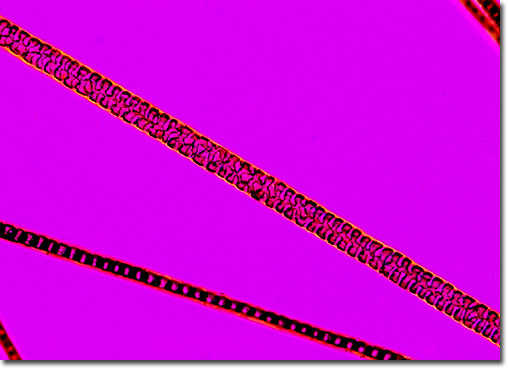|
Once abundant in their native habitat, chinchillas were almost hunted to extinction by those seeking to profit from the sell of their pelts. Unusually soft and plush, luxurious coats composed of chinchilla fur were in high demand by the upper classes in Europe during the eighteenth and nineteenth centuries, where they were first sent as gifts to royalty by the Spanish. As the popularity of chinchilla fur increased, populations of the rodents drastically decreased. However, in 1918, an American engineer named M. F. Chapman working in Chile bought one of the inquisitive animals from a native and became intrigued by it. He decided to capture as many of the rare rodents as possible in order to bring them back to the United States and establish a breeding population. With the help of 23 trappers over a three-year period he was able to only able to obtain 11 chinchillas from the harsh, mountainous terrain, one of which died during transport. It is from this remaining group that almost all domestic chinchillas alive today have descended.
|
